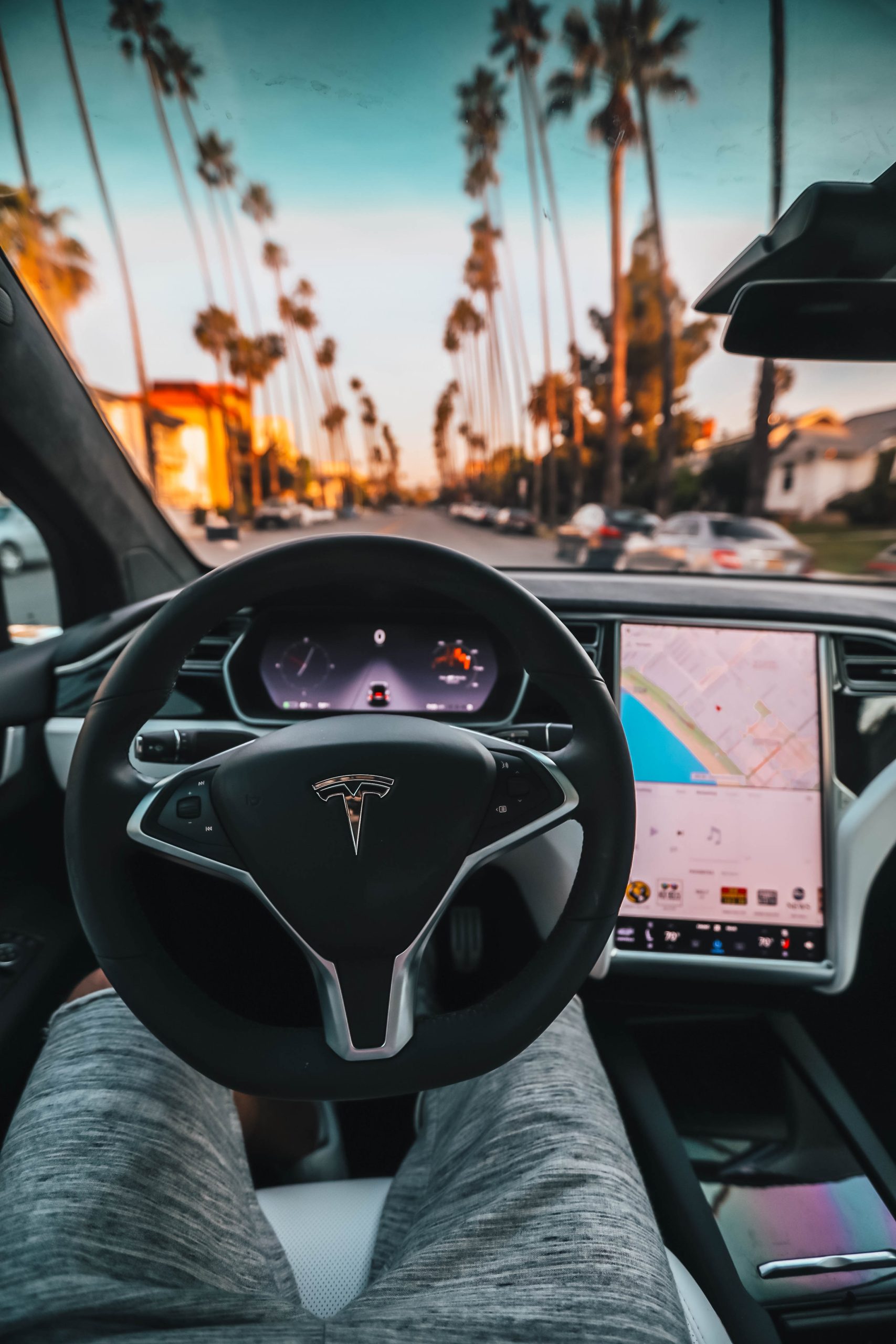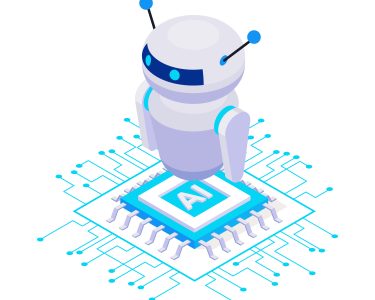On April 17, 2023, another fatal car crash involving Tesla’s Autopilot system has raised concerns about the safety of the company’s autonomous driving technology. The crash, which occurred in California, resulted in the death of the driver, who was reportedly using the Autopilot system at the time of the accident.
This is not the first time that Tesla’s Autopilot system has been involved in a fatal accident. In fact, there have been several high-profile incidents in recent years, including a crash in Texas in 2021 that killed two people.
Despite these incidents, Tesla has continued to promote its Autopilot system as a key selling point for its vehicles, with CEO Elon Musk touting the technology as a major breakthrough in the field of autonomous driving.
But as the latest crash shows, there are still serious concerns about the safety of Tesla’s Autopilot system, particularly when it comes to its ability to detect and respond to hazards on the road.
In a statement following the latest crash, Tesla expressed condolences to the family of the deceased driver and emphasized that the company is cooperating with investigators. However, the company did not address the safety concerns that have been raised about its Autopilot system.
This has led some safety advocates to call for stricter regulation of autonomous driving technology, particularly in light of the potential risks posed by these systems.
In recent years, a number of countries and regions have implemented regulations governing the use of autonomous driving technology on public roads. These regulations typically require that autonomous vehicles meet certain safety standards and undergo extensive testing before being allowed to operate on public roads.
However, there are still many questions about how to regulate autonomous driving technology, particularly given the rapid pace of technological advancement in this area.
Some experts have suggested that the best approach may be to require autonomous driving systems to undergo rigorous testing and certification processes before they are allowed to be used on public roads. This could help ensure that these systems are safe and reliable, and could also provide consumers with greater confidence in the technology.
At the same time, it’s clear that there is still a lot of work to be done to ensure the safety of autonomous driving technology. While companies like Tesla are pushing the boundaries of what’s possible in this area, there are still significant technical and ethical challenges that need to be addressed before these systems can be considered truly safe for use on public roads.
As the debate over the safety of autonomous driving technology continues, it’s clear that regulators, industry experts, and the public at large will need to work together to find solutions that protect public safety while also advancing the potential benefits of these technologies. Only time will tell whether Tesla and other companies will be able to meet these challenges and usher in a new era of safe and reliable autonomous driving technology.




